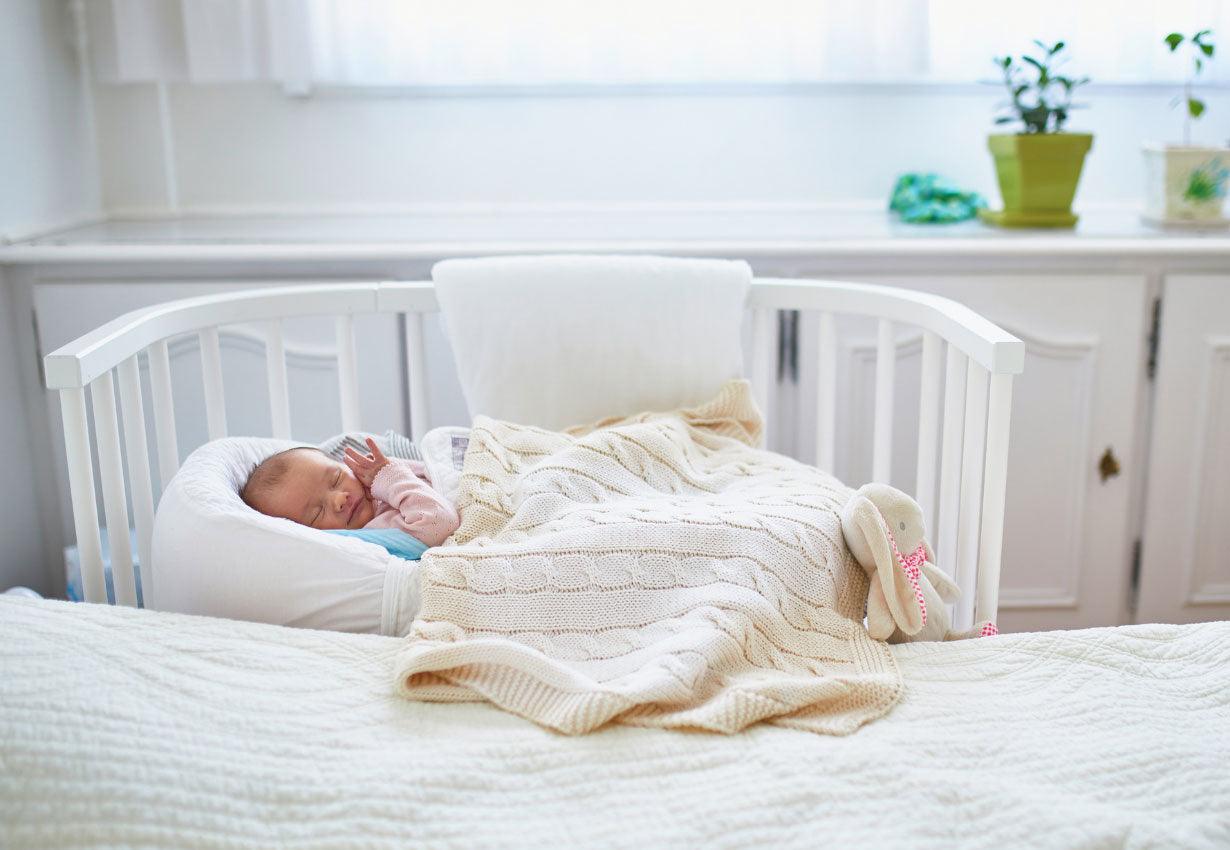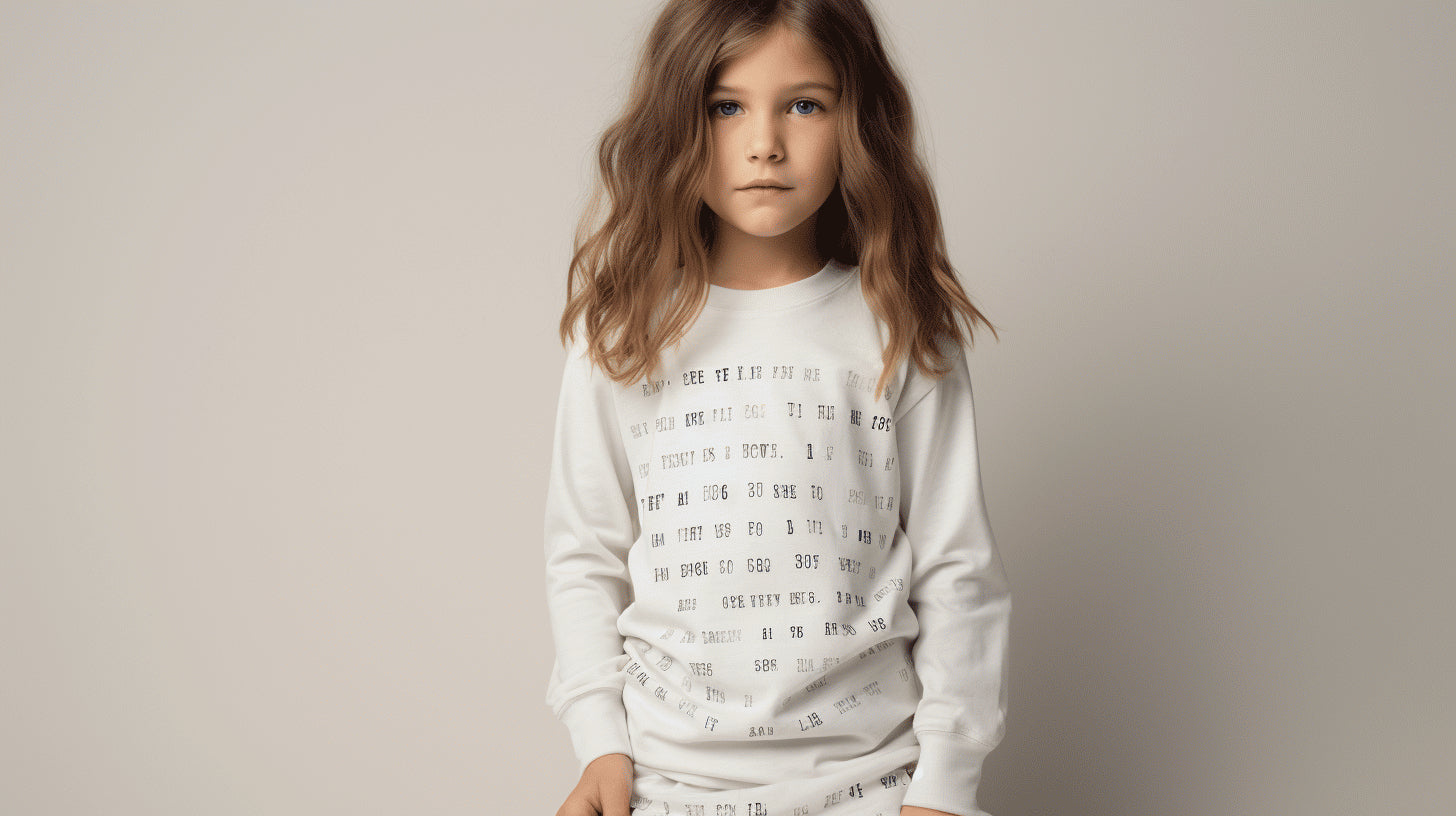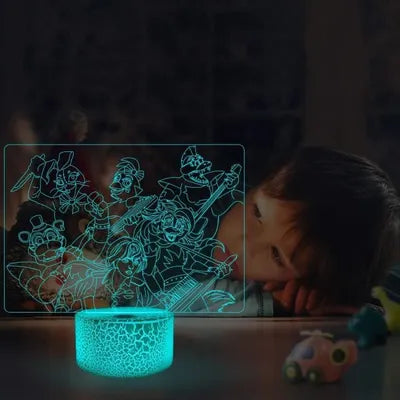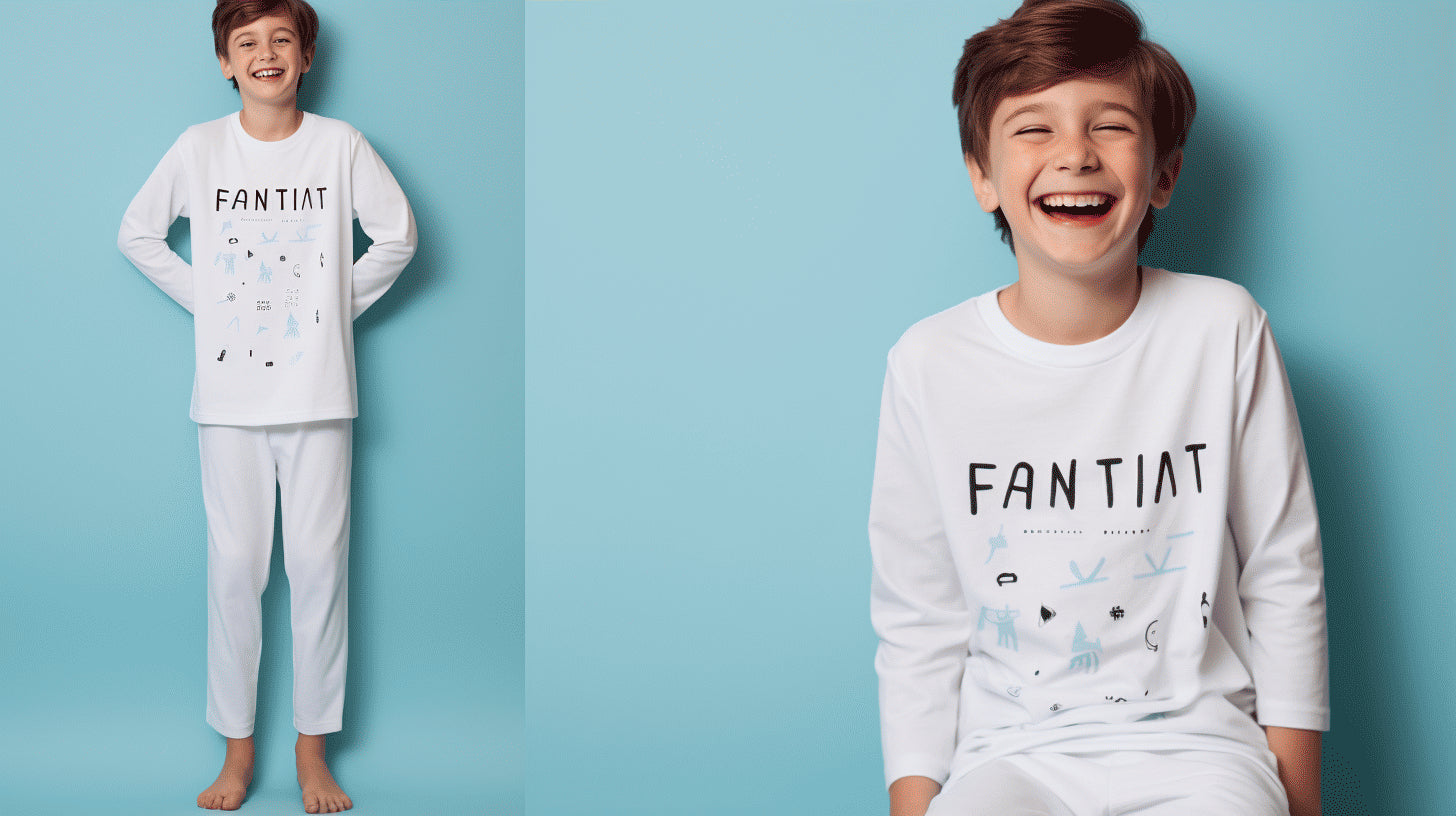Having a newborn can be stressful and choosing a crib can be tricky. There are several options on the market, each with its pros and cons. In this article, we'll explore the different types of cribs, including travel cots, co-sleeping beds, extendable cribs, and standard cribs.
Umbrella bed - Carry it everywhere with you
The travel cot is a type of portable bed designed for babies. It can be easily unfolded and folded for easy transport, making it a popular choice for travel and on the go. It is usually made of lightweight metal and canvas, and can be equipped with features such as wheels for extra mobility, blankets and cushions for extra comfort, and a safety barrier to prevent the baby from falling, which you You can find some accessories for beds on this site .
One of the most important advantages of the travel cot is its portability, you can easily carry baby on the go. In addition, it is also very practical for families who have limited space at home, as it can be quickly and easily stored away when not in use. The travel cot can also be an affordable choice for parents looking for a travel cot or extra bed for their baby.
However, there are also some disadvantages associated with the travel cot. For example, some designs may be unstable and may not provide enough support for younger babies. Additionally, it can also be difficult to find a high-quality travel cot, as some inexpensive models can be made from unreliable materials.
The travel cot is ideal for travel and on the go, as well as for families who need an extra bed at home. However, it should not be used for extended periods of sleep as it may not provide enough support for older babies.
Co-sleeping bed - Having baby close to you
The co-sleeping bed is a type of bed designed for young babies. It consists of a cradle that can be attached to the parent's bed, allowing parents to easily monitor and calm their baby during the night. This type of bed is often used for babies up to about six months old, or until they are able to roll over or stand up on their own.
The biggest advantage of the co-sleeping bed is the physical proximity between the baby and the parents, which can help reassure the baby and calm him more quickly when he wakes up during the night. Additionally, the co-sleeping bed can also be a practical choice for families looking to save space in the bedroom, as it takes up less space than a conventional crib.
However, there are also some disadvantages associated with the co-sleeping bed. In particular, the difficulty of finding a comfortable position for the parents, especially if the co-sleeping bed is not well suited to their bed. Additionally, it can also be difficult to take care of the baby without disturbing the parents' sleep, which can lead to disturbed nights for everyone.
The co-sleeping bed is ideal for the first months of an infant's life, when they often wake up during the night and need constant supervision. It can also be a practical choice for families looking to save space in the bedroom.
The convertible bed - Adapt to baby's size
A convertible bed is a type of bed that can be adapted as the child grows. It is designed to grow with the child, offering additional features to meet their ever-changing needs. For example, a convertible bed can start as a cradle, then turn into a children's bed, to end up as a single bed for a teenager.
Its advantage, of course, is that it can last for years, thus avoiding the need to buy new beds as the child grows. Additionally, a convertible bed can also be an economical choice for families looking to save money but in the long run. Also, it can provide more storage space for toys and clothes, which can help keep the room more organized.
This bed also has some drawbacks. It can be heavier and more difficult to move than single beds, which can make cleaning under the bed difficult. Plus, it's also more expensive than single beds, which can be a problem for families looking to save money.
The grow bed is ideal for children who grow quickly, and who will need different types of beds as they grow. It can also be a practical choice for families looking to save space in the bedroom.
The standard cot - Made to last
A standard crib is a bed designed for babies that is often used from birth until the child reaches 2-3 years of age. It is generally larger and sturdier than travel cots, and is often made from solid wood or higher quality materials.
One of the main advantages of the standard crib is its strength and durability. It can last for years, providing a reliable sleeping option for the child. Plus, it can also be used as a safe place to play and explore, which can be a bonus for busy parents.
It also has some drawbacks, such as its weight. It can be heavier and harder to move than travel cots, which can make cleaning under the bed difficult. Plus, it can also be more expensive than travel cots, which can be a problem for families looking to save money.
The standard crib is ideal for babies who need a safe and comfortable place to sleep, and who need a durable bed for years to come. This bed is also a practical choice for families looking to save space in the bedroom, as it can also be used as a play area.









